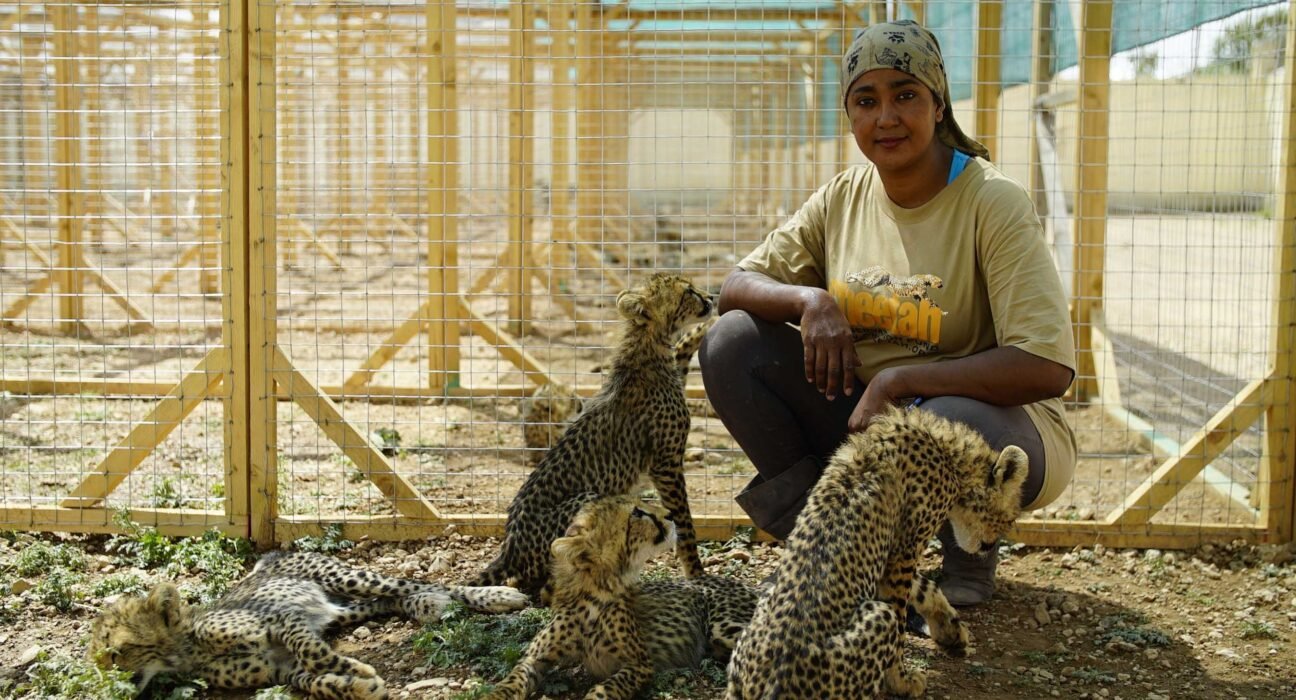Wildlife conservation is a crucial endeavor in every country, as it not only ensures the preservation of biodiversity but also contributes to sustainable development and ecological balance. In Somalia, a nation renowned for its unique and diverse ecosystems, efforts to protect and conserve wildlife have gained momentum in recent years. With increasing awareness and the implementation of innovative strategies, Somalia is striving to safeguard its valuable natural heritage for future generations. This article explores the initiatives taken by the Somali government and conservation organizations to enhance wildlife conservation in the country.
1. Promoting Sustainable Land Management:
Somalia’s fragile ecosystem faces numerous challenges, including deforestation, habitat degradation, and desertification. To combat these environmental issues and protect wildlife, promoting sustainable land management practices is vital. The government, in collaboration with local communities, emphasizes the importance of land restoration and the prevention of illegal activities such as logging and unsustainable agricultural practices. By implementing effective land-use planning, Somalia aims to preserve habitats and promote ecosystem health.
2. Strengthening Law Enforcement:
To address the rampant poaching and illegal wildlife trade, stringent law enforcement measures are being undertaken. The Somali government is actively involved in enhancing anti-poaching efforts, establishing wildlife protection units, and strengthening legislation against wildlife crime. Collaboration with international organizations and neighboring countries is essential for effectively curbing poaching and ensuring the prosecution of offenders. These measures aim to deter wildlife trafficking and protect the threatened species of Somalia.
3. Community Engagement and Education:
Engaging local communities in wildlife conservation initiatives is crucial for their success. Several organizations are actively involved in promoting community-based conservation projects, providing training, and creating awareness about the significance of protecting wildlife. By actively involving communities and emphasizing the value of conservation, Somalia aims to bridge the gap between humans and wildlife, promoting sustainable coexistence for the benefit of both.
4. Establishing Protected Areas and Sanctuaries:
Somalia boasts a remarkable array of ecosystems, including coastal areas, forests, and savannahs, which are home to diverse wildlife species. To safeguard these habitats and ensure the continuity of these species, the creation and management of protected areas and sanctuaries are of utmost importance. Establishing these protected areas not only helps prevent habitat fragmentation but also facilitates scientific research, tourism, and education.
5. Harnessing Technology and Innovation:
Advancements in technology and innovation have significantly impacted wildlife conservation efforts worldwide. Somalia is embracing these advancements by incorporating artificial intelligence and satellite tracking systems to monitor wildlife populations, identify conservation hotspots, and combat illegal activities. Additionally, initiatives are being implemented to leverage remote sensing technologies to assess habitat quality and address ecological challenges effectively.
Conclusion: Enhancing wildlife conservation efforts in Somalia is essential for protecting its valuable natural heritage and ensuring the sustainability of its ecosystems. By promoting sustainable land management, strengthening law enforcement, engaging local communities, establishing protected areas, and harnessing technology, Somalia is actively working towards a future where both humans and wildlife can thrive. Continued collaboration between the government, conservation organizations, and local communities will be crucial in achieving long-term success in wildlife conservation and securing a better future for Somalia’s biodiversity.
